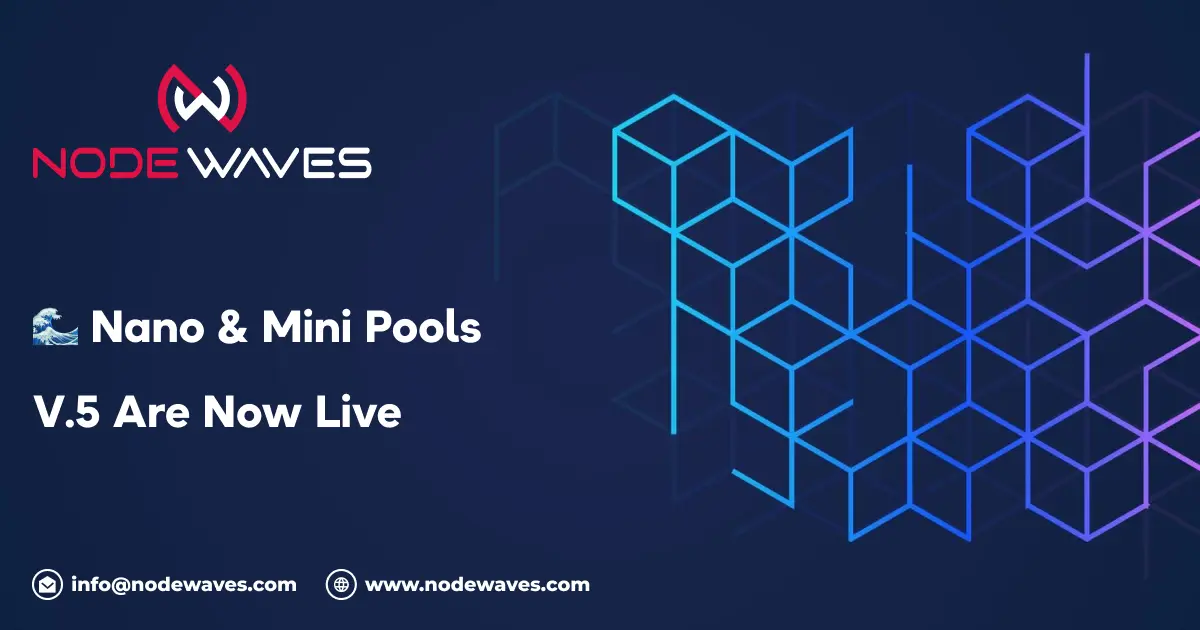Proof of Work vs Proof of Stake: Unraveling the Mechanics of Blockchain Consensus
Understanding Consensus Mechanisms
Cryptocurrencies thrive on decentralization and distribution, with blockchain transactions being transparent and verifiable by any participant. Due to the immutable nature of blockchains, the entered data is largely irreversible. PoW and PoS are prevalent consensus mechanisms used to process transactions and create new blocks, incentivizing positive behavior and making malicious actions costly and difficult. These mechanisms are crucial in preventing fraud, such as double-spending, where the same currency is used to make payments twice to deceive the recipient.
What Is Proof of Work (PoW)?
PoW hinges on miners solving complex mathematical problems using computing power, a process known as mining. Once a puzzle is solved, a new block is validated on the blockchain. The fastest solver earns a reward, often a cryptocurrency like Bitcoin. The collective effort of miners ensures the security and operation of the blockchain.
How Does PoW Work?
Miners engage in a competitive race to solve mathematical puzzles. The miner who solves the puzzle creates a new block and confirms the transactions within it. The difficulty of these puzzles adjusts based on the rate at which blocks are added. Given the distributed ledger, miners can reject altered versions, preventing tampering.
Nodewaves and the Proof of Stake (PoS) Mechanism
Nodewaves ($NWS) represents a forward-thinking approach to blockchain technology, utilizing the PoS mechanism to enhance efficiency, security, and sustainability.
What Is Proof of Stake (PoS)?
PoS is a newer methodology addressing some inefficiencies of PoW, reducing the computational resources required. Instead of energy-intensive computations, network participants, known as validators, stake tokens to activate their ability to create new blocks.
How Does PoS Work in Nodewaves?
In the Nodewaves network, transaction verification is achieved by randomly selecting validators. Validators stake a specific amount of $NWS tokens, with their probability of being chosen proportional to their stake. This system randomizes fee collection, differing from the competitive rewards-based PoW. Blocks are validated by multiple validators, and once a specific number confirms accuracy, the block is finalized.
The Nodewaves Advantage: Embracing Proof of Stake
Nodewaves leverages the benefits of PoS to create a sustainable, secure, and user-friendly blockchain ecosystem. Here’s how Nodewaves stands out:
1. Energy Efficiency
Nodewaves’ adoption of PoS significantly cuts down on energy consumption. By eliminating the need for energy-draining mining operations, Nodewaves ensures a greener blockchain that aligns with global sustainability goals.
2. Security and Reduced Risk
In the PoS model used by Nodewaves, validators stake their tokens, which deters malicious actions since bad actors risk losing their stake. This security measure makes it incredibly challenging for any entity to gain control and manipulate the network.
3. Financial Incentives
Nodewaves offers lucrative rewards for validators. Participants can earn staking rewards and engage in yield farming, maximizing their returns. This not only incentivizes participation but also enhances the overall network security.
4. Decentralization
Nodewaves’ PoS framework fosters decentralization by allowing more participants to become validators. This widespread participation ensures a robust, resilient network that is less susceptible to centralization risks.
5. User Accessibility
Nodewaves prioritizes user accessibility, offering straightforward setup processes for validators. Whether using a Mac or Windows system, users can effortlessly join the network, fostering broader engagement and adoption.
6. Integration with NFTs
Nodewaves integrates NFTs within its ecosystem, allowing node operators to own unique digital assets that represent their nodes. This integration adds an extra layer of value and engagement for users, blending blockchain technology with digital collectibles.
Conclusion
Nodewaves epitomizes the potential of PoS by creating a blockchain ecosystem that is efficient, secure, and accessible. By addressing the inherent challenges of PoW and embracing the advantages of PoS, Nodewaves stands at the forefront of blockchain innovation. For those looking to participate in a pioneering blockchain network, Nodewaves offers a compelling and profitable opportunity. As blockchain technology continues to evolve, entities like Nodewaves will undoubtedly play a pivotal role in shaping the future of decentralized systems.
PoS vs PoW at a Glance
By delving into the nuanced differences between PoW and PoS, this article aims to provide a clearer understanding of blockchain consensus mechanisms, showcasing how each system operates and their respective advantages and challenges.






